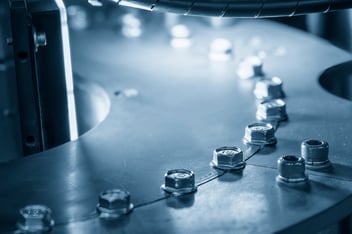Mechanical joints usually consist of strong, heavy and hard metals like steel due to the extreme conditions they face. However, reducing their weight through the use of lighter metals can lead to improved fuel efficiency and lower costs.
As a solution, wire thread inserts enable the use of softer and lighter metals in mechanical joints for critical applications. In this article, we cover the challenges faced by lightweight mechanical joints, and how wire thread inserts help overcome them.
The shift towards lightweight joint solutions
The aerospace and automotive industries have been pioneers in integrating lightweight metals into designs. The Wright brothers used aluminium for the cylinder engine block for their first manned flight in 1903. This placed aluminium as a staple material in aerospace design, which was soon adopted by automotive manufacturers for a number of components to optimise weight and design.
In the modern landscape, light metals such as aluminium, titanium and magnesium have been used extensively by aerospace and automotive engineers for their impressive strength-to-weight ratios. Fuel and energy efficiency have become key challenges in light of sustainability and electric vehicles, calling for weight optimisation wherever possible.
Challenges of integrating lightweight mechanical joints
A pivotal component of automotive and aerospace designs are their mechanical joints (pun intended). Regardless of the type of joint, they are responsible for the interconnectivity and mutual function of individual components. However, these components are typically of extreme weights and/or face extreme conditions, which are challenges for many lighter metals.
Friction induced wear
Many assembled mechanical joints and systems face high vibration levels, and are often responsible for dampening these vibrations for connected components. These vibrations have an impact on the dynamics of frictionally constrained mechanical joints, leading to friction induced wear with softer metals like aluminium. This directly impacts component lifespan and leads to a diminishing load strength.
Notch stress concentration
Within the mechanical joint itself, the bolt will usually exhibit concentrations of tension at different points of its length. This is known as notch stress concentration, which isn’t much of an issue for heavier and harder metals like steel. However, for lighter metals like titanium, notch stress concentration can lead to fatigue cracks that quickly result in mechanical failure.
Fretting fatigue
Mechanical joints, especially those involved with constant motion like ball joints in vehicles, face constant oscillating tangential forces. These forces lead to fretting fatigue, which are zones of microslip along the contact surface where sliding occurs. This can lead to surface damage in uncoated heavier metals, let alone softer and lighter metals such as aluminium and magnesium.
Wire thread inserts - a joint solution for lightweight metals
With the range of challenges faced by mechanical joints, it is not surprising that most aerospace and automotive designers settle for heavier steel designs over lighter alternatives. Fortunately, there is a solution that protects softer and lighter metals from the above factors: wire thread inserts.
Wire thread inserts are fastening solutions that sit between a tapped hole and the installed bolt. It showcases a helically-coiled wire design that expands and adjusts radially and axially whilst the bolt is installed. This dissipates the tension and stress across the entire bolt, providing protection from the major challenges faced by mechanical joints.
- Vibration dampening - Wire thread inserts provide a secure fitting for the bolt where fatigue and load strength is increased, minimising the impact of vibration induced wear.
- Dissipated tension - As wire thread inserts dissipate the tension concentrations across the bolt, the risk of notch stress concentration is minimised.
- Protected surface - Wire thread inserts provide a protective surface between the bolt and parent material from fretting wear, which are also available in a range of materials and coatings to enhance their protective features.
Reliable and high-performance wire thread inserts at KATO® Advanex
Mechanical joints in critical applications face a range of harsh conditions and forces when in operation. But thanks to wire thread inserts, light metals can be reliably integrated to optimise weight without compromising on component lifespan or risk of mechanical failure.
At KATO® Advanex, we specialise in creating stronger, lighter mechanical joints for every industry through our Tanged and Tangless solutions. Across every industry, our inserts form strong, resilient and lightweight joints that reduce costs, improve fuel economy and inspire innovation.
To find out more about our products or to get additional pricing information, contact a member of our team today.
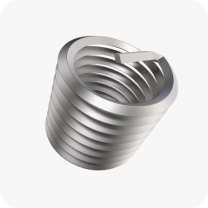
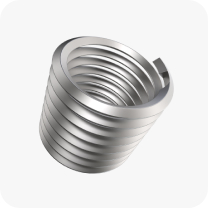
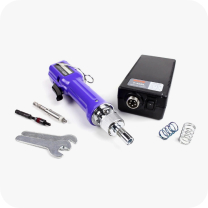
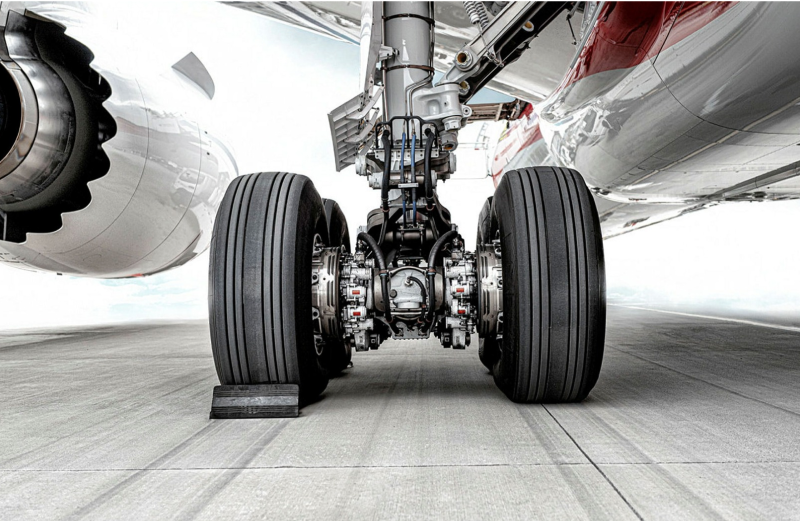
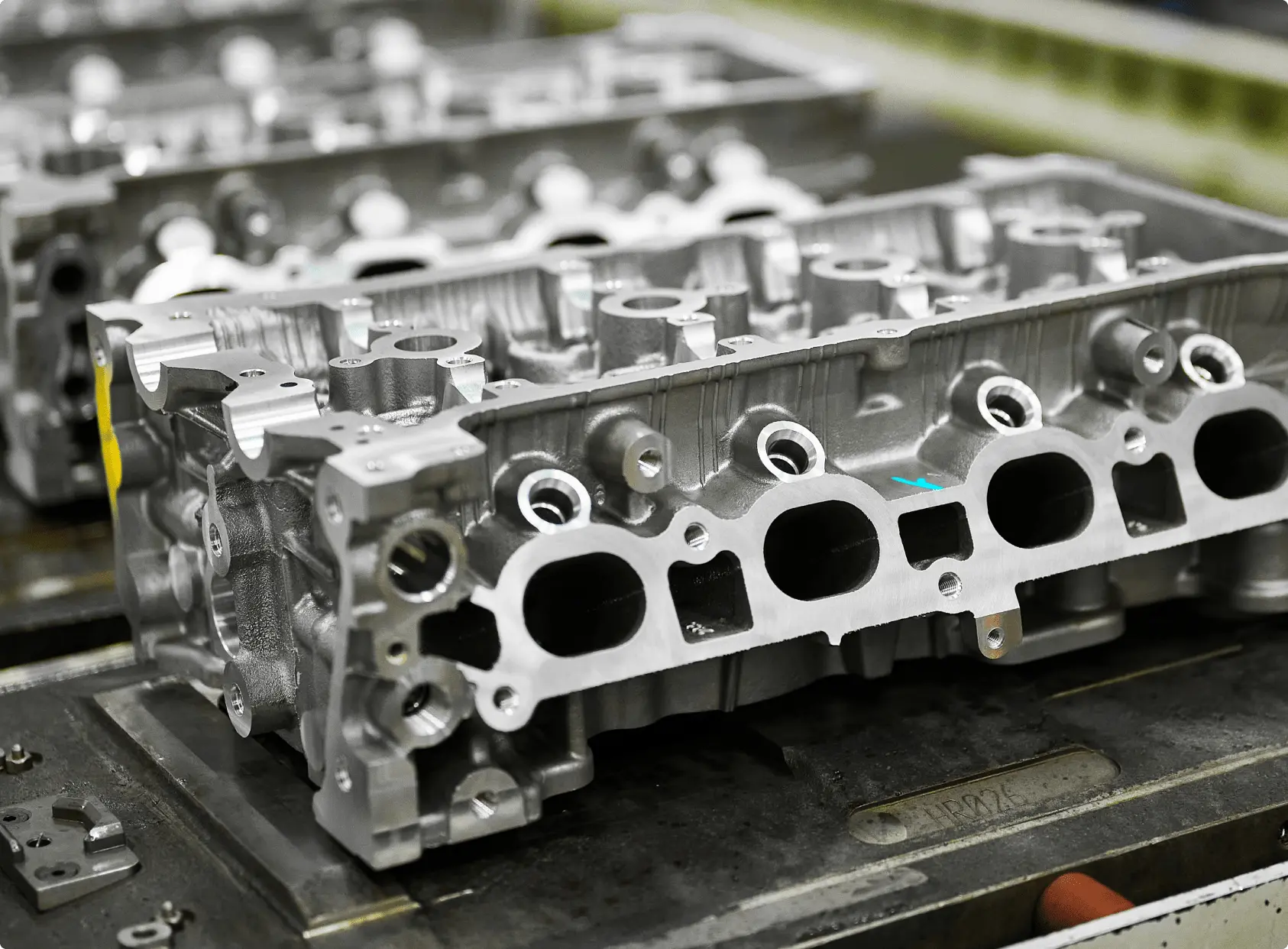
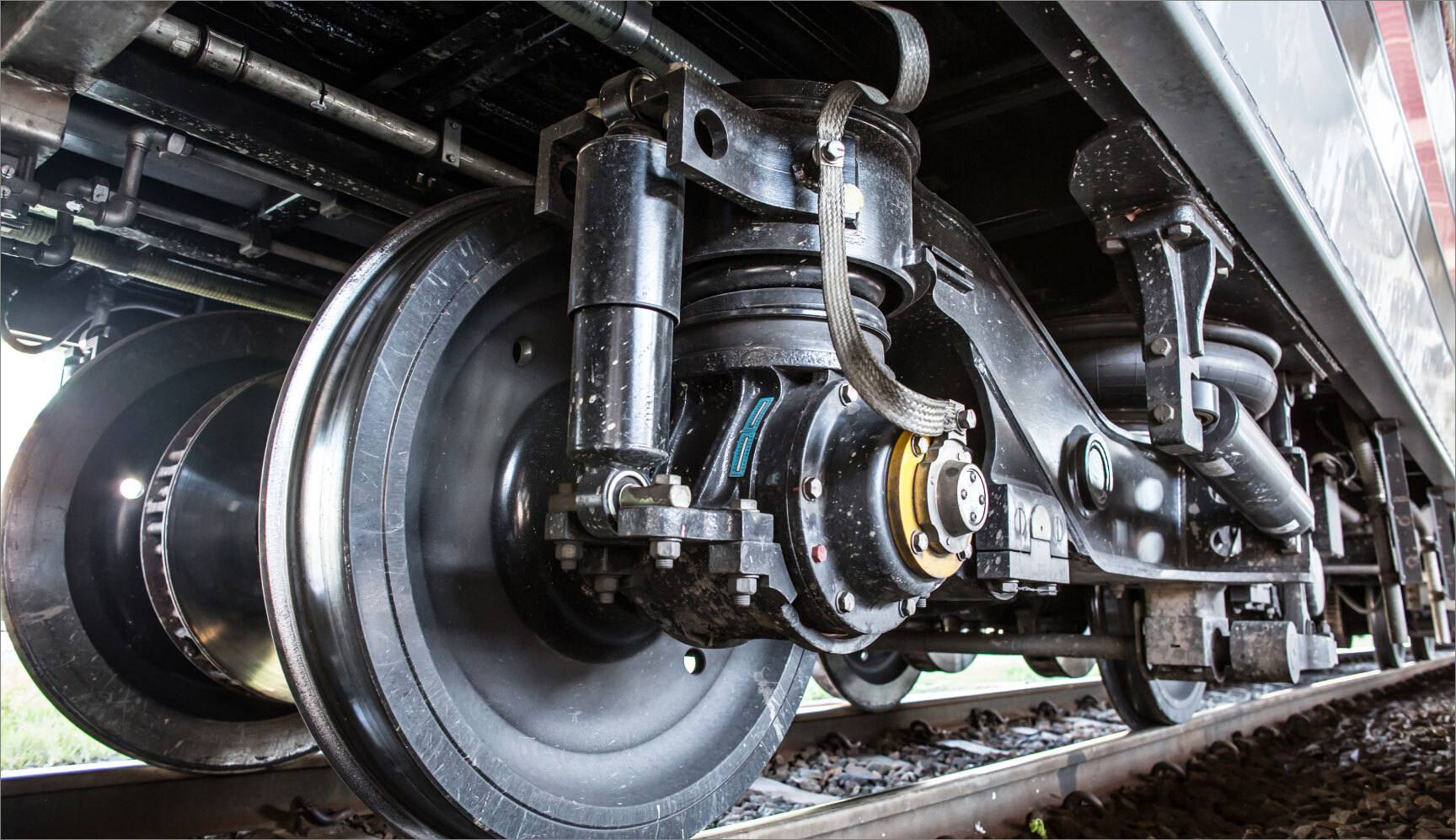

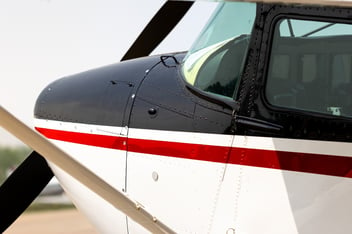
.jpg?width=352&name=Shutterstock_37577614%20(1).jpg)
.jpg?width=352&name=Shutterstock_1473498770%20(1).jpg)
.jpg?width=352&name=Shutterstock_285892688%20(1).jpg)
.jpg?width=352&name=shutterstock_1054220735%20(1).jpg)
